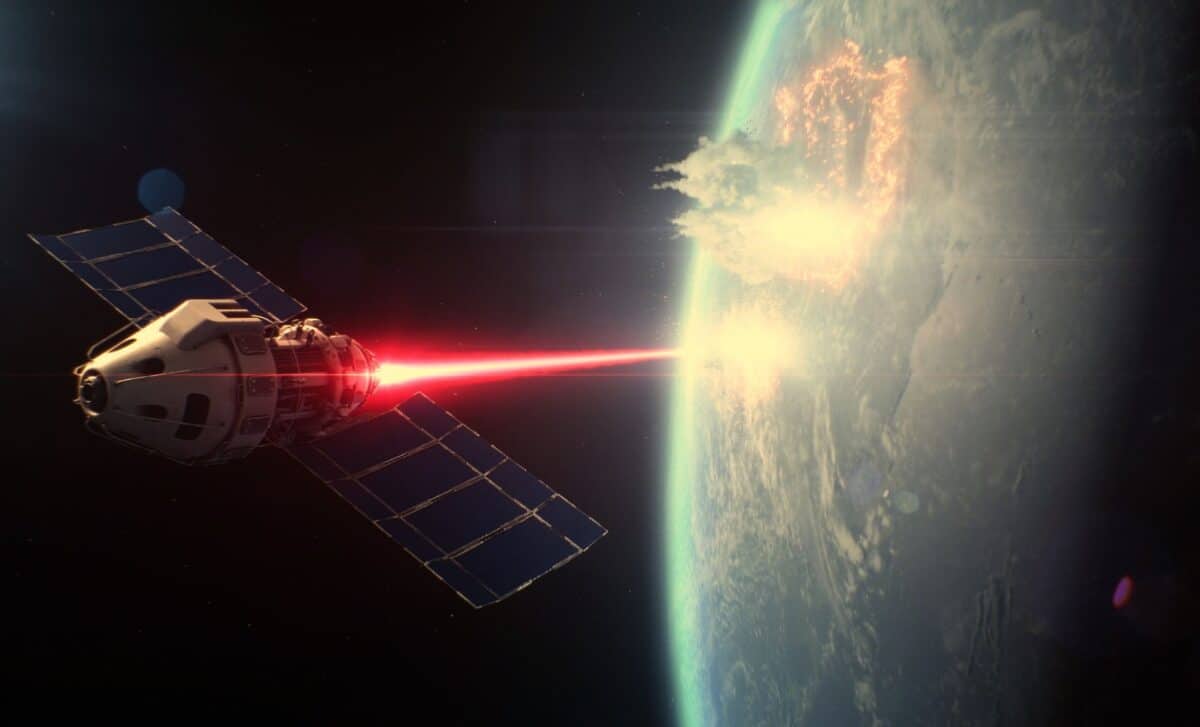In a groundbreaking achievement for space exploration, China has successfully fired a precision laser from Earth, sending it 80,778 miles (130,000 kilometers) to the Moon and back in broad daylight. This remarkable feat, accomplished by the Deep Space Exploration Laboratory (DSEL), marks the world’s first successful Earth-to-Moon laser-ranging shot under sunlight. This advancement is expected to bolster China’s ambitions in lunar exploration and deep-space missions. The achievement was reported by Xinhua and is a crucial step towards supporting China’s future lunar communications and navigation networks, including the targeted crewed Moon landing by 2030.
A Milestone in Earth-Moon Communication Technology
Laser-ranging technology has long been the gold standard for pinpointing satellite orbits, offering centimeter-level accuracy in measurements. Until now, the technique had been limited to night-time operations due to interference from solar glare. However, during the two-day experiment on April 26-27, 2025, the DSEL successfully fired laser pulses at the Tiandu-1 satellite, which was about one-third of the way to the Moon. This marks a significant shift in space technology, as the ability to carry out such precise operations during daylight opens new possibilities for continuous data gathering and orbital measurements. The Tiandu-1 satellite, launched in March 2024, is part of a fleet of spacecraft aimed at establishing a comprehensive Earth-Moon communication and navigation network.
An Exacting Task: Aiming at a Moving Target
The precision required to achieve this daylight laser ranging is nothing short of remarkable. DSEL compared the challenge to aiming at a single hair from over 6.2 miles (10 kilometers) away, while the satellite speeds through cislunar space at high velocities. This level of precision demands not only cutting-edge technology but also meticulous tracking capabilities. The successful measurement in daylight means China can gather orbital data whenever the Tiandu-1 passes within view, significantly increasing the number of usable measurements. As a result, the technology enhances long-baseline positioning, a critical aspect for future deep-space missions.
Implications for China’s Lunar Plans
This success is crucial for China’s lunar ambitions. In particular, it strengthens the operational capabilities of the Queqiao constellation, which serves as a relay and navigation network for lunar missions. The constellation will provide continuous communication, precise timing, and autonomous navigation for lunar landers, rovers, and, ultimately, astronauts. The satellite laser ranging system will be indispensable for mission planning and execution, improving everything from landing guidance to rover fleet coordination. Furthermore, it will facilitate exploration of permanently shadowed lunar craters, which are rich in water ice—an important resource for long-term lunar exploration.
Expanding the Frontiers of Technology
The laboratory told CCTV that DSEL’s daylight success “expands the limits of the technology,” a statement that highlights the significance of the achievement. Achieving precision measurements under sunlight was once considered impractical due to the challenges posed by solar interference. Now, with the development of new techniques, researchers can measure distances between Earth and the Moon at any time the satellite is visible, vastly increasing the frequency and volume of data collected. This breakthrough lays the groundwork for further advancements in space exploration and could enable more frequent and accurate missions to the Moon and beyond.
